Introduction: What is Tihar?
Tihar, often called Deepawali, is one of Nepal’s most vibrant and eagerly awaited festivals. Celebrated over five joyous days, it’s known as the Nepalese Festival of Lights, illuminating homes, streets, and hearts with an abundance of joy. But Tihar is more than just an occasion for lights—it’s a heartfelt celebration of the deep bonds between humans, animals, and deities.
This festival is marked by rich rituals honouring various animals, such as crows, dogs, and cows. These culminate in the Bhai Tika ceremony, highlighting the sacred relationship between brothers and sisters. Every year, families across Nepal look forward to Tihar, which coincides with the end of the harvest season, spreading light, happiness, and prosperity throughout the land.
Why People Love Tihar
Tihar holds a special place in the hearts of the Nepali people, not only for its rituals but also for the sense of togetherness it fosters. Here’s what some locals have to say about this festive season:
- Suman Shrestha, a shopkeeper from Bhaktapur, says, “Tihar is more than a festival for me. It’s a time when families unite, and everyone, from kids to elders, participates in the joyous celebrations. The lights, the prayers, the food—it’s magical.”
- Priya Subedi, a college student from Kathmandu, adds, “I love how Tihar is not just about humans. How we respect and worship animals during the festival, like on Kukur Tihar and Gai Tihar, shows how connected we are to nature.”
How Tihar is Celebrated
Tihar unfolds over five unique days, each filled with significant rituals. Here’s a glimpse into this colourful festival:
Day 1: Kag Tihar (Crow Day)
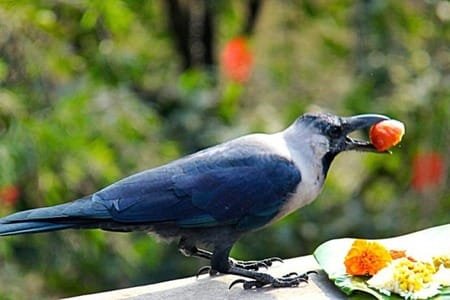
Tihar kicks off with Kag Tihar, where crows are honoured as messengers of death in Hindu tradition. People leave food offerings for these birds, believing that pleasing them wards off bad news. This simple ritual beautifully illustrates the spiritual role that nature plays during Tihar.
Day 2: Kukur Tihar (Dog Day)
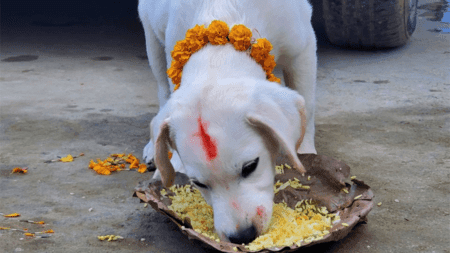
One of the festival’s highlights is Kukur Tihar, where dogs are rewarded for their loyalty with love and respect. They are adorned with flower garlands and treated to special snacks. Whether stray or pet, all dogs are celebrated.
- Gita, a resident of Pokhara, describes the joy: “My dog always knows when it’s Kukur Tihar. She waits patiently as I give her a tika and garland, and it feels like she’s blessing me back!”
Day 3: Gai Tihar and Laxmi Puja (Cow Day and Worship of Goddess Laxmi)
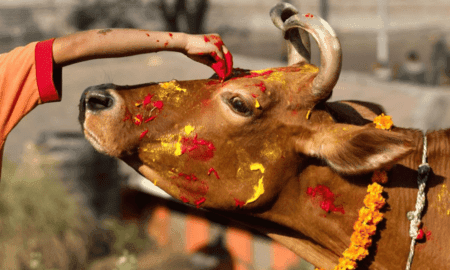 |
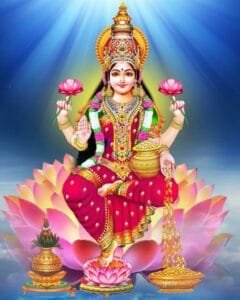 |
The third day focuses on cows, revered as sacred in Hinduism for their role in agriculture. Families worship cows with tika and special treats.
In the evening, homes come alive with Laxmi Puja, worshipping the Goddess of Wealth. Houses are beautifully decorated with diyas (oil lamps) and colourful rangolis (patterns made with coloured powders) to welcome the goddess and invite prosperity.
Did you know? The more diyas you light, the more prosperity you’re believed to invite into your home.
Day 4: Govardhan Puja and Mha Puja
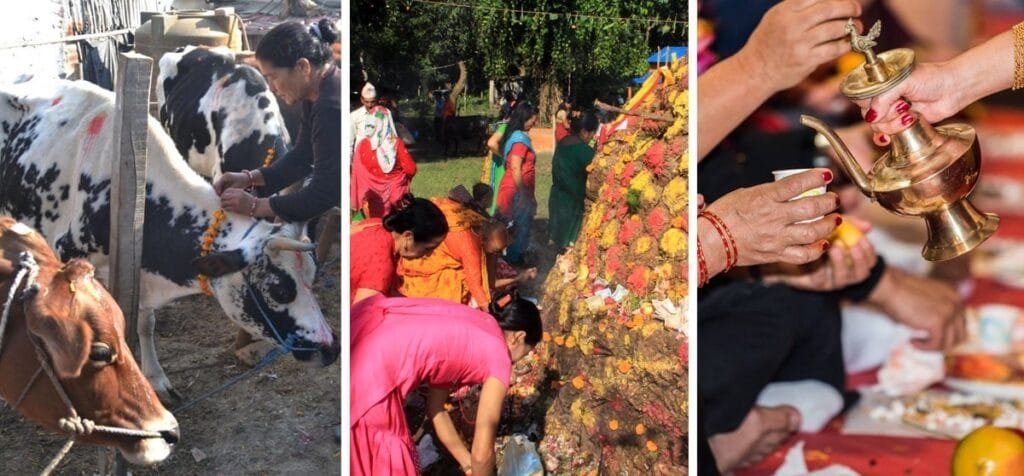
This day celebrates the Govardhan mountain and oxen, which are crucial for farming in Nepal’s rural areas. Farmers express gratitude to their oxen for their invaluable assistance.
In Newar communities, Mha Puja is performed to worship the self and promote health, wealth, and longevity.
Day 5: Bhai Tika (Brother-Sister Day)

The festival culminates with the emotional highlight—Bhai Tika. Sisters apply a colourful tika to their brothers’ foreheads, symbolising prayers for their long lives and protection. In return, brothers offer their sisters gifts as a token of love and commitment.
- Manoj, from Okhaldhunga, shares, “Even though I live far from my sister, I always make sure to come home for Bhai Tika. Our bond is priceless, and this ritual brings us even closer.”
Economic Significance of Tihar
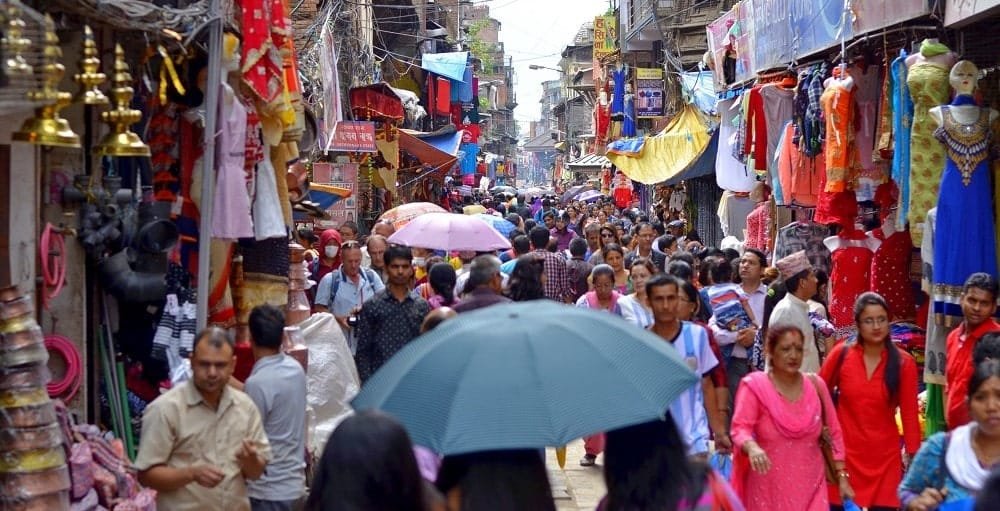
Beyond its cultural richness, Tihar significantly boosts the local economy. Markets overflow with people buying flowers, sweets, oil lamps, and gifts, benefitting local traders and small businesses.
- Sushil Rana, a flower seller in Kathmandu, notes, “During Tihar, I sell ten times more flowers than other times. It’s the busiest time of the year for us.”
The demand for decorative items like diyas and rangoli materials surges, providing local artists with opportunities to showcase their talents. The festival also encourages domestic tourism, with families visiting from afar to celebrate together.
Significance of Tihar in Modern Times
Tihar’s message of love and unity resonates deeply in today’s fast-paced world. With technology and urbanisation on the rise, Tihar brings people back to their roots, emphasising family, tradition, and a connection with nature.
Lighting lamps symbolises hope and optimism, making Tihar a cherished festival for all ages.
- From Kathmandu, Suman reflects, “In today’s stressful life, Tihar gives us a reason to pause and reflect on what truly matters—our family and the light within us.”
Conclusion
Tihar is more than just a festival of lights; it celebrates relationships, respect for nature, and prosperity. Each day brings unique traditions that spark joy and unity among participants. As diyas shine brighter and families gather closer, Tihar reminds us that love and light will guide the way even in the darkest times.
Dive Deeper into Tihar: More Than Just a Festival
Tihar is a vibrant celebration in Nepal filled with traditions reflecting love, respect for nature, and deep-rooted cultural values. Beyond the lights and rituals, Tihar touches every aspect of life, creating experiences cherished by all.
Personal Stories: How Tihar Connects Families
In every household, Tihar brings warmth and togetherness. Families prepare special foods, decorate their homes, and share laughter.
Maya Lama, a mother of two from Patan, shares, “During Tihar, our house feels alive with colours and lights. My kids help me prepare the rangoli and light the diyas. We cook together and laugh together—it’s one of the few times when all of us sit down without distractions.”
These intimate moments make the festival truly special. Tihar unites everyone, encouraging kindness, respect, and love.
Economic Boost: Tihar’s Impact on Local Businesses
Tihar significantly boosts economic activity. Local businesses, from flower vendors to sweet shops, experience a surge in sales as families prepare for the festivities.
Prakash Shrestha, who runs a mala stall in Bhaktapur, explains, “For small businesses like mine, Tihar is a lifeline. The weeks leading up to the festival are the busiest of the year.”
Tihar provides a vital boost to the floriculture industry in Nepal. Marigold flowers, in particular, become centrepieces for worship and decoration, showcasing the festival’s significance in the local economy.

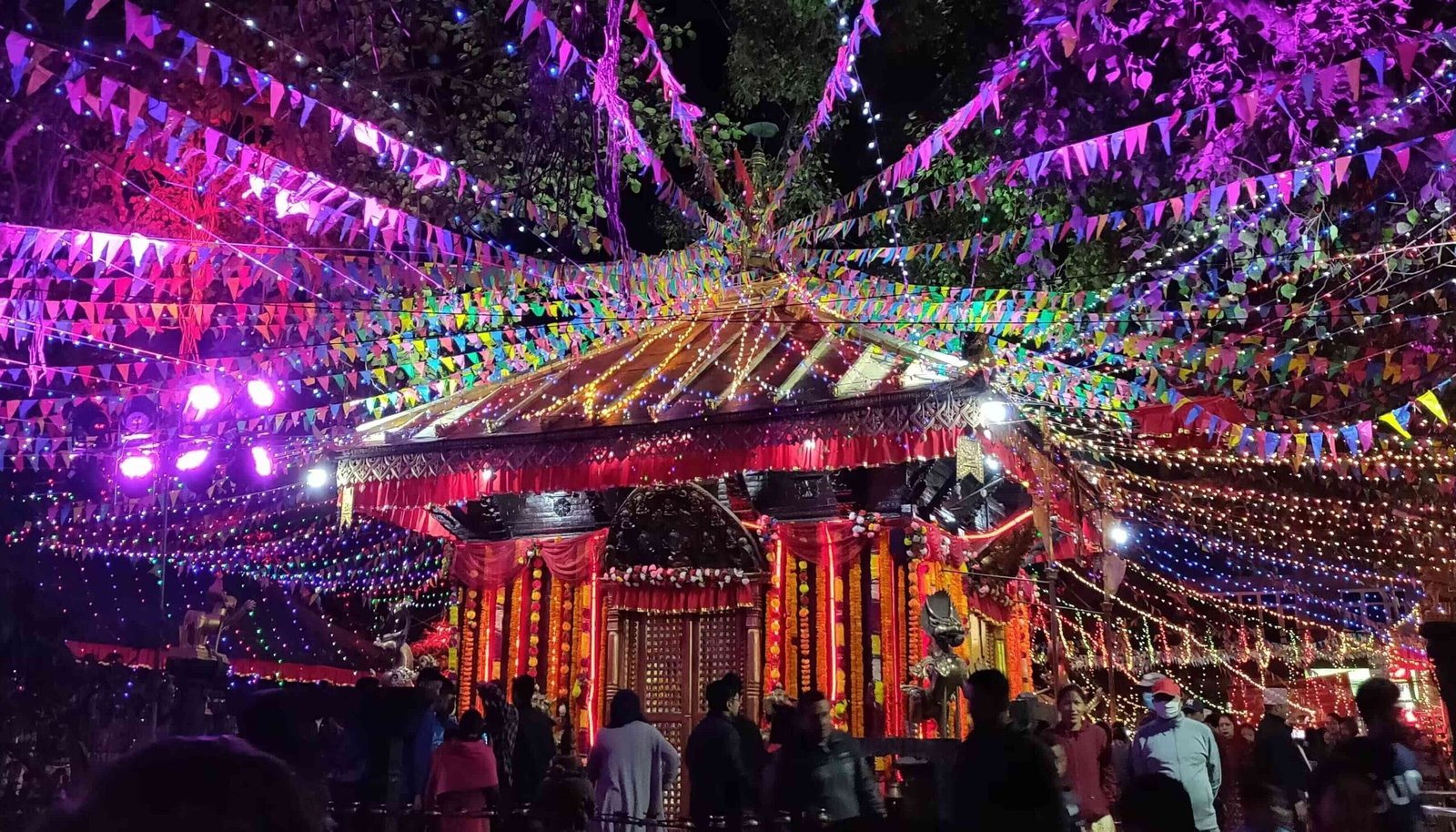
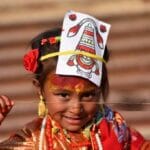




 Member of
Member of